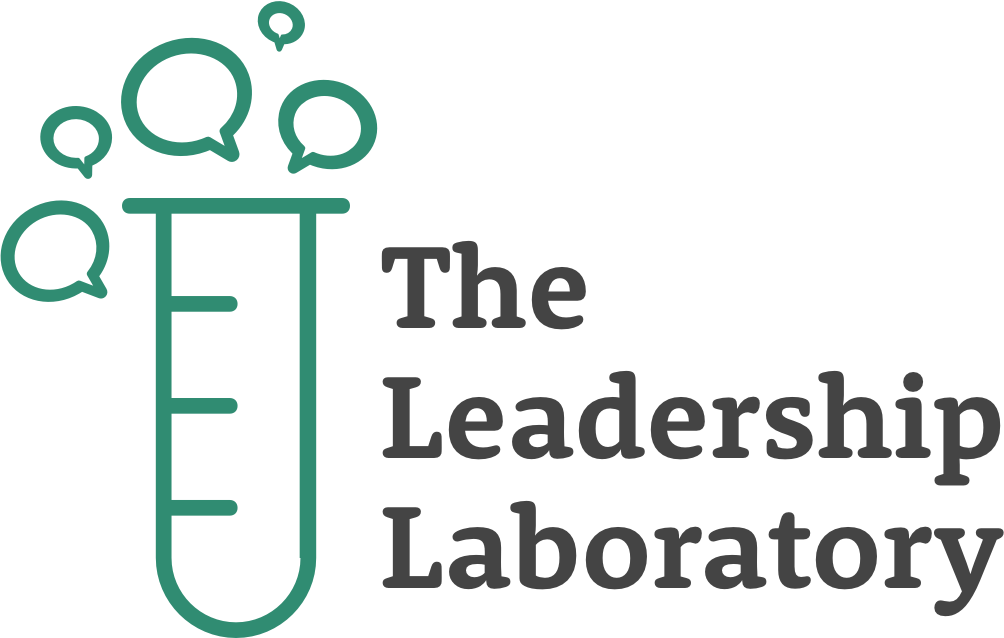Written by Jacob Goldstein — Executive Director
Interested in workshops on this topic for you and your team? Visit the Organizational Development + Design page for recommended interactive learning experiences from The Leadership Laboratory for emerging and established leaders in your organization.
At The Leadership Laboratory, we work with teams and leaders to address the root of the strategic challenges they might be facing. As you likely know yourself, we are often so engrained in the daily details and workflows that it can require extra effort to step back and observe.
Introduction to “The Five Why’s”
With any solution we come up with, we have to first determine: is this solution solving the problem? Or am I solving a symptom of the problem? In other words, is my solution simply a band-aid fix to the problem, or is it stopping the problem at the core?
Taiichi Ohno, the designer of manufacturer Toyota’s automotive production system, developed the concept of the Five Whys. He asserts that the simple process of asking “WHY” five times helps us to ensure that the solution we are developing truly treats the root cause, and not just a symptom. Leveraging this concept, and using cars as an example, let’s observe this process in action.
High Level Problem: The brakes in the car are malfunctioning.
High Level Solution: Replace the brakes with new ones.
With a high level understanding of the problem, we naturally come up with a high level solution to fix it. Fixing the brakes might solve the problem, though taking a deeper dive will allow us to determine if this is truly the problem, or just a higher level symptom. Leveraging the Five Whys allows us to take a deeper dive to understand the root in greater detail. Looking at this problem again, let’s observe this process with the Five Whys.
Problem: The brakes in the car are malfunctioning.
-
Why are the brakes malfunctioning? Because they are missing a Master Cylinder.
-
Why are they missing a Master Cylinder? Because the part wasn’t ordered.
-
Why wasn’t the part ordered? Because that part was left off the list.
-
Why was that part left off the list? Because there’s no one on the team to focus on new equipment ordering.
-
Why isn’t there anyone on the team to focus on new equipment ordering? Because the role was eliminated due to budget cuts.
Application: The Five Why’s in Action
By leveraging the Five Whys, we’re able to get much more closely to the root cause of the problem. It wasn’t simply that we needed new brakes for the car to stop appropriately, it was that there had been a person on the team whose role it was explicitly to educate the group about changes to processes and order the appropriate parts. Without that individual, it created a ripple effect, ultimately resulting in a dangerous problem. Replacing the brakes would not have solved the problem either, as it was a more deeply rooted issue. Working to get to the root allows us to fix the problem in full, and create new processes to make adjustments for the future.
The Five Why’s can be easily replicated with the challenges we face in our own work environments. The next time you being to seek solutions with your team, stop and leverage the Five Whys. What is the root of the problem you are trying to solve?
The Leadership Laboratory is a nation-wide, Chicago-based learning and leadership development company. We build and facilitate custom team and leadership development workshops aimed at transforming the way we lead our work and people. Through interactive workshops, participants will experience customized professional development for emerging and new leaders, established and senior leaders, and teams of all sizes. Feel free to browse our website, www.leadershipdevelopmentlab.com, to learn more about our team building workshop and leadership development programs.

